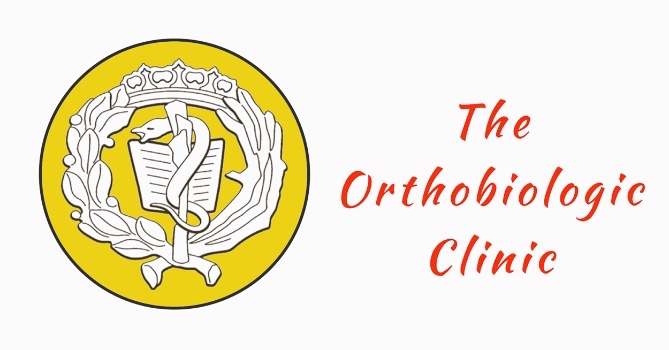WHAT IS IT?
Golfer’s elbow is also called medial epicondylitis. It is not as frequent as lateral epicondylitis or tennis elbow . Both of these condition arise from overuse.
Besides golf, medial epicondylitis can be seen in any throwing sports in addition to archers, bowlers and weight lifters.
WHERE IS THE PROBLEM?
It affects mainly the dominant elbow of the patient. The site of the pathology is at the interface or attachment to the medial epicondyle of the pronator teres and the flexor carpi radialis muscles. Immunohistologic studies have shown that long-standing epicondylitis is associated with a degenerative state instead of a traditional inflammatory process and probably should more accurately be called "epicondylosis." This is problably why Prolotherapy and PRP work so well for this condition.
WHAT ARE THE SYMPTOMS AND EXAM FINDINGS?
Patients will c/o pain in medial aspect of the elbow and when it is chronic they may c/o grip weakness. On exam there is palpable tenderness over the medial elbow and pain with resisted wrist flexion and pronation.
It is important to examine the Ulnar Collateral Ligament (UCL), especially in baseball players. Chronic UCL deficiency is more common than medial epicondylitis in throwing athletes. However, because the origins of the flexor mass and the UCL are relatively close together, both chronic UCL deficiency and medial epicondylitis may present with medial elbow pain. A magnetic resonance imaging (MRI) study may be useful in differentiating these injuries, if they are not clinically apparent. A pronation weakness at 90 degree of flexion of the elbow is a reliable sign of medial epicondylitis.


0 Comments